In This Issue
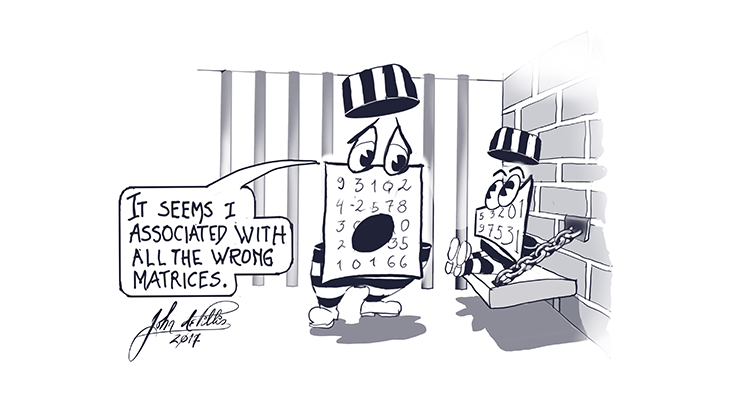
The world’s most fundamental matrix equation (WMFME) directly yields many less obvious formulas.

A recent microstructure of interlocking rings reversed the sign of the Hall coefficient in a material with electrons as the predominant charge carr...

When recasting numerical analysis in a probabilistic setting, it suffices to have a few basic notions of probability.
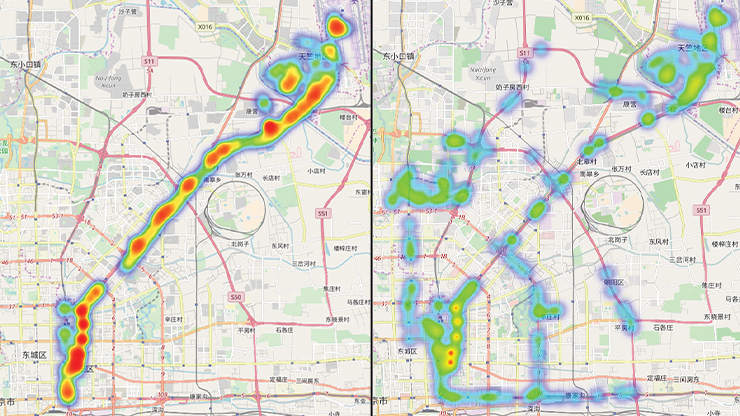
2017 saw considerable news about the imminent impact of quantum computing on science, math, and data analysis.

The U.S. will soon save money and energy by transporting electricity through direct current rather than alternating current transmission lines.

Recent technological advances have fueled the exponential growth of “omic” data in biology.

Implicit associations are natural, but become problematic when they are misapplied or biased by socialization.
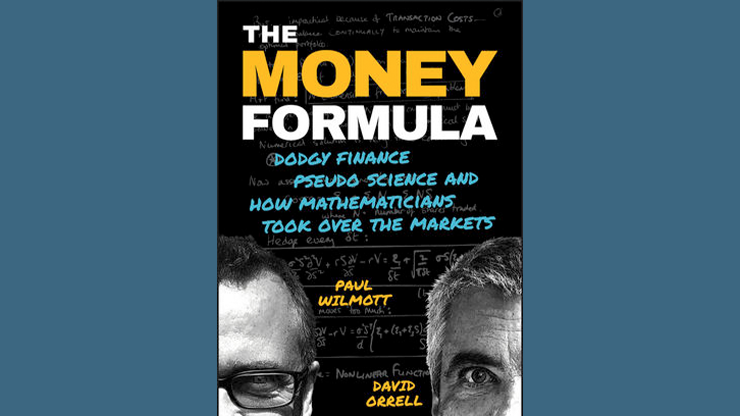
Richard H. Burkhart reviews The Money Formula by Paul Wilmott and David Orrell.
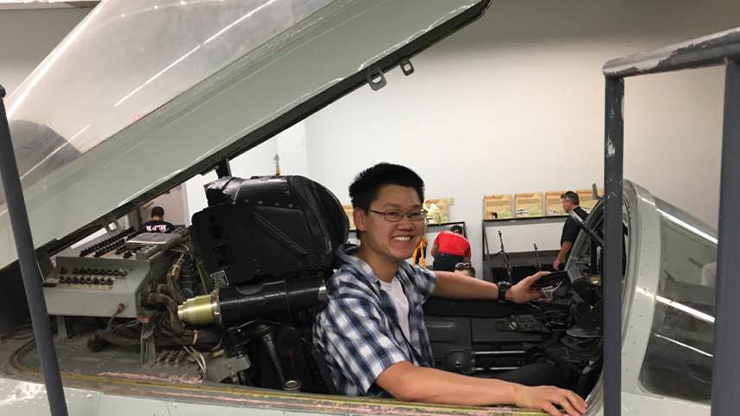
Derek Jung was a graduate student intern in the NSF's Mathematical Sciences Graduate Internship (MSGI) Program.

In this month's column, Mark Levi describes a “hydrostatic” calculator of roots—at least of positive real ones—of a polynomial of any degree.

Algebraic vision is an emerging viewpoint of geometric problems in computer vision that examines polynomial models.

Besides being aesthetically pleasing, patterns and waves often serve important beneficial or detrimental functions.
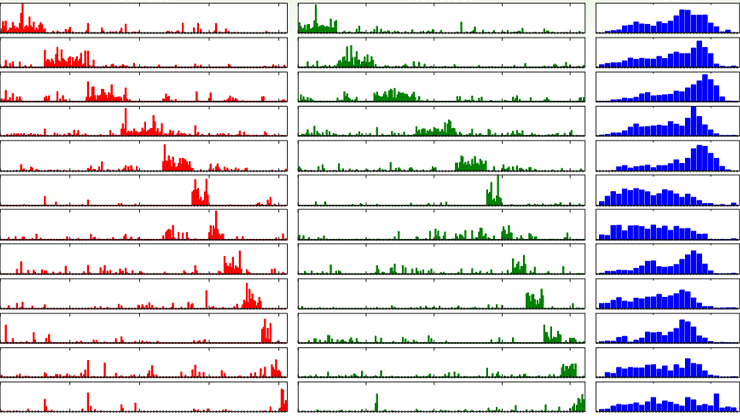
One of the foundational tools for unsupervised analysis and data reduction is principal component analysis.

SIAM has initiated a new Science Policy Fellowships Program to engage early-career professionals in policy and advocacy.

The 2017 Germund Dahlquist Prize was awarded to Per-Gunnar Martinsson at SciCADE2017.
Stay Up-to-Date with Email Alerts
Sign up for our monthly newsletter and emails about other topics of your choosing.


